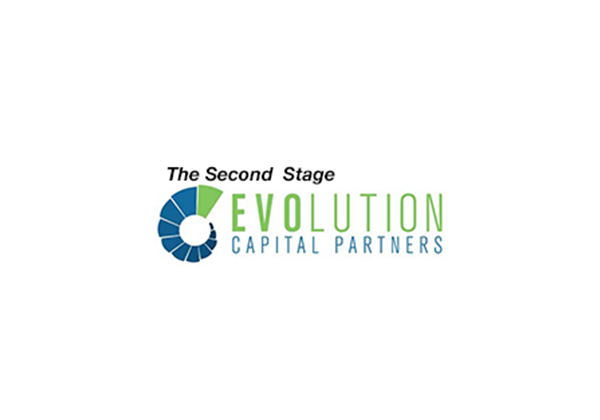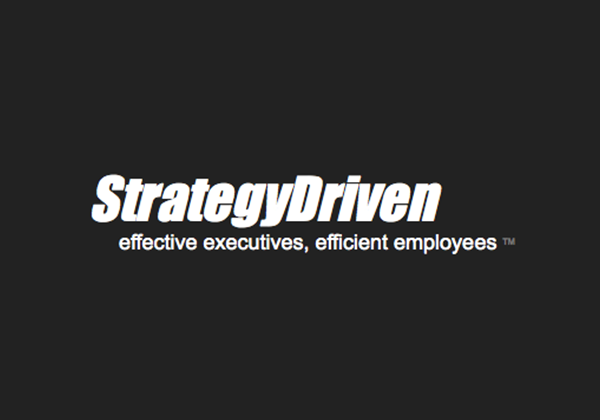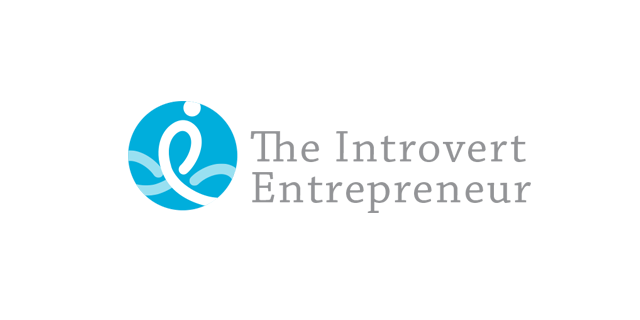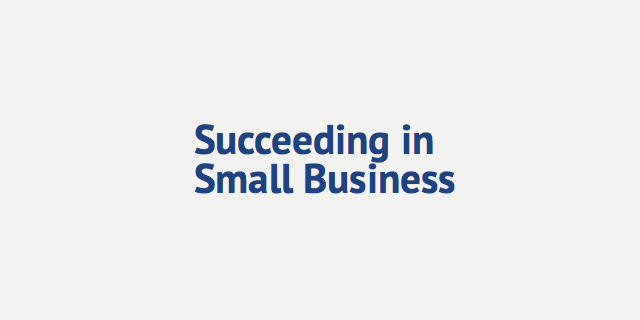Discover The Best Business Building Techniques From The World’s Leading Experts
Join over 5,500 fellow business owners at the mega-virtual-conference designed to inspire and empower you with small business building ideas!

Discover The Best Business Building Techniques From The World’s Leading Experts
Join over 5,500 fellow business owners at the mega-virtual-conference designed to inspire and empower you with small business building ideas!

How can your team reach its potential?
What if you could add a dose of passion to every member of your team?
How do you improve productivity and morale?
Read Skip Prichard’s interview of Mike Goldman to learn the answers.

Host Kerry O’Shea Gorgone invited Mike to Marketing Smarts to discuss how your company can perform better by hiring and nurturing the right people. (One surprise? “The right people” doesn’t mean “well-rounded people.” Details in the episode.)

When it comes to describing an entrepreneur, it would be hard to imagine that description not including the word “passion,” as passion and drive is typically what not only gets he or she started, but what keeps their internal flame burning. Fast forward the entrepreneurial journey to a successful, established business with people to transfer that passion to [employees and customers], all while entering the next phase of growth. It can become a bit overwhelming. Here to address not only the importance of transferring that passion to those within the organization at all levels, but the results when successful, is nationally recognized speaker and author, Mike Goldman. In his book, Performance Breakthrough: The 4 Secrets of Passionate Organizations, Mr. Goldman describes four elements for creating a more passionate, productive, and profitable organization.

By Mike Goldman on StrategyDriven:
What’s your organization’s attitude? How is it impacting your culture? How is it impacting how you’re viewed externally? How is it impacting your results?
What are your employee’s attitudes about your company? What are their attitudes about your customers? How do they feel about the work they do?

It doesn’t matter whether you’re a company of 1,000 or a company of 1: Culture matters. It’s an energy that sends a message about who you are and what you stand for. And it’s key to whether your company experiences performance breakdowns or breakthroughs. Our guest today is an expert in defining company culture and taking a strengths-based approach to growth. We talk about ways businesses large and small can shape their culture, as well as how we can shift the way we see “engagement” so that it includes all types of communication styles, introverted and extroverted. Listen on The Introvert Entrepreneur.

Most small business owners appreciate the value of continuous learning when it comes to improving their ability to run their companies. But let’s face it; given the many demands that come with building and growing a small business, it can be hard to find the time needed to learn new things.

By Kevin Kruse:
What’s wrong with the golden rule at work? Why shouldn’t we try to fix our weaknesses? According to consultant Mike Goldman, there is definitely better way to create highly engaged teams.
In his new business fable, Performance Breakthrough: The Four Secrets of Passionate Organizations, Goldman details four strategies that dramatically increase passion, productivity and profit. These are based on Goldman’s two and half decades of experience at Accenture, Deloitte and as an independent consultant. …Read More on Forbes.

In this episode of the Amazing Workplace, Mike dives into the foundation of incredible organizations – their people. He challenges the listener to look around the table at the leadership team around them. Would you rehire every executive in your organization today, if given the opportunity?

News flash: The Golden Rule doesn’t work! We’re all different. So why do we think everyone wants to be treated the way we would want to be treated? The fact is that we can’t treat people the way we want to be treated because everyone has different motivations, learning styles, goals and cultural backgrounds. Therefore, it’s time to follow the Platinum Rule: Treat others the way they want to be treated.
Thinking we need to treat everyone the same because it’s fair is one of today’s biggest leadership misconceptions. Is it really the right thing to do … or is it the easy thing to do? Leaders need to accept that each employee is different, and they need to make the effort to find out how each individual on their team wants to be treated. Each one of your employees has goals, motivations, values, and learning styles. Some are motivated by money or status, while others by free time and flexibility. Knowing this, should you offer the same types of incentives to all of them? When you understand and take action on these differences, your employees can reach their true potential, experience greater happiness at work, and be more productive in their jobs, which leads to higher employee retention and a healthier bottom line.
So how do leaders overcome the challenge of accepting that we are all different and need to be treated differently? Here are a few suggestions for making the Platinum Rule work for you:
1. Dig deep –
Get beyond the superficial and learn about your employees and what makes them tick. Take advantage of the following ways to dig deep:
Conduct personal history meetings/discussions: Find out about your employees’ childhood, families, hobbies, favorite jobs, etc. These meetings can happen one-on-one or in groups.
Ask:
1. Meet one-on-one with each team member to ask him or her about their values, motivations, and learning styles. Here are some sample questions:
2. Think back to a time when you were incredibly motivated at work. What happened right before to make you feel that way?
3. Think of a time when you had to learn something new, and it just “clicked” for you. What method of learning did you use?
Conduct behavioral and personality assessments: There are many good behavioral and personality assessments on the market, such as Innermetrix®, Profiles International®, DiSC®, etc. These assessments are typically very accurate and may give you and your employees important insight on their styles, talents, values, and motivations.
Observe: Watch your team during meetings, high-stress situations, and social situations and take note of their styles and reactions. Do they take the lead in meetings, or do they follow? Are they agreeable, or do they play devil’s advocate? Do they thrive under pressure, or wilt?
2. Differentiated learning and development –
One size does not fit all in the area of learning and development. Learning programs should incorporate a level of flexibility to support individuals with different needs and learning styles. Some specific ways to add individual flexibility include:
Self assessments to determine specific development needs
Goal plans to tailor development action items
Facilitated discussions to engage the audience instead of one-size-fits-all lectures
Use of various delivery mechanisms, including eLearning, instructor-led classes, webcasts, case studies, projects, activities, and workshops
3. Differentiated motivation and compensation –
We tend to motivate people the way we are motivated. We assume if we are motivated by money, other people will be as well. The key is to incorporate a level of flexibility to support people in different life situations with different motivations. If someone’s primary motivation is quality time with his or her family, incentivizing them with a cash bonus for working extra hours will not work well. Incentivizing this employee with additional vacation time would be a much better idea. Instead of assuming that all bonuses and rewards should be monetary, try some of these other incentives, depending on the motivations of the individual:
Vacation time
Time for volunteer work or other special interests
Donations to their favorite charity
Public recognition, such as in a town-hall meeting, company newsletter, etc.
Take them and their families out to dinner
Send them on a trip
Pay for training or a seminar they are interested in attending
4. Vary communication media –
Twenty-five years ago, communication was much simpler. Face-to-face, phone, and print were just about the only options we had. These days we have e-mail, instant messaging, texting, webcasts, blogs, social networks, and more. Choosing the right communication medium is more important than ever.
While generational differences are not the only reasons to vary communication media, they are certainly important. To deliver an important message:
Baby Boomers may be much more responsive to face-to-face or phone communications.
Generation Y may be just as comfortable with instant messaging or texting.
You will also find that while some people may never answer their phones, they will respond to e-mail with lightning speed while others may look at e-mail only once per day.
Before you communicate, make sure you understand the different communication styles within and across teams and vary communication media as necessary.
5. Understand generational dynamics –
The Baby Boomers think Generation Y expects everything handed to them on a silver platter and can’t understand their work ethic.
Generation Y workers are incredibly tech savvy and multitask like no other generation has before.
Generation X is caught in the middle of Baby Boomers who have not retired yet—and don’t want to anytime soon—and Generation Y “kids” who are trying to leapfrog over them in the organization. Each generation has value to add, as well as shortcomings.
As a leader, treating all generations the same can lead to disastrous results. The challenge is to understand that everyone is different and trying to do the best they can with a different set of values. So instead of the Golden Rule, practice the Platinum Rule: Understand and accept differences so you can treat others the way they want to be treated. By doing so, you will improve recruiting, retention, and productivity while also boosting your bottom line.